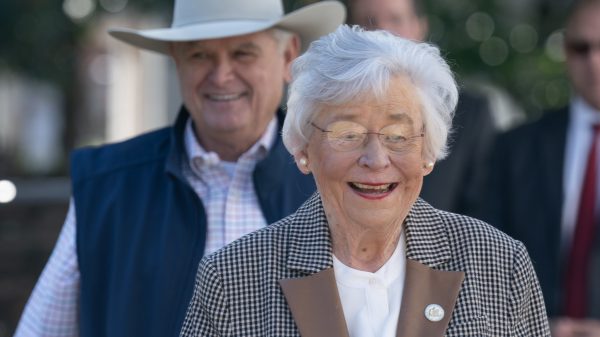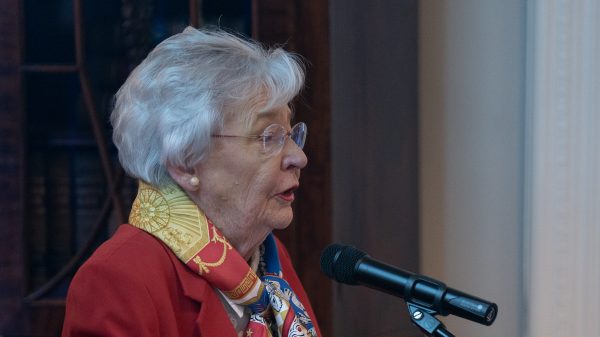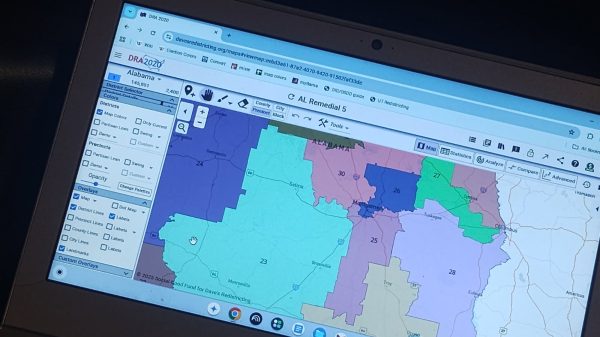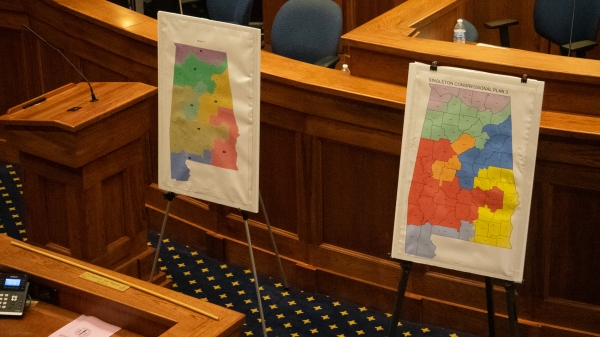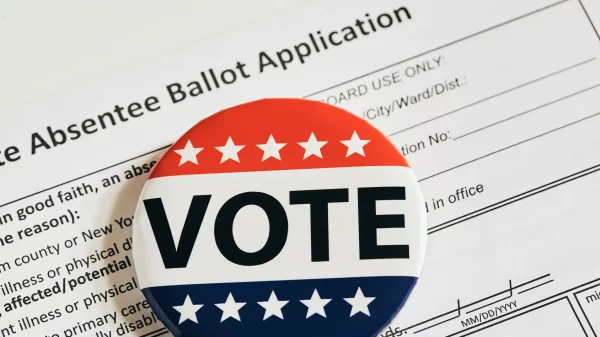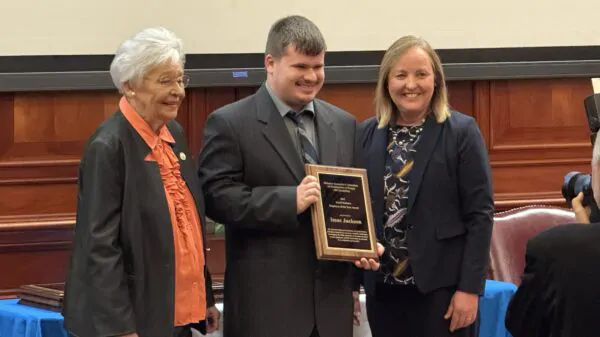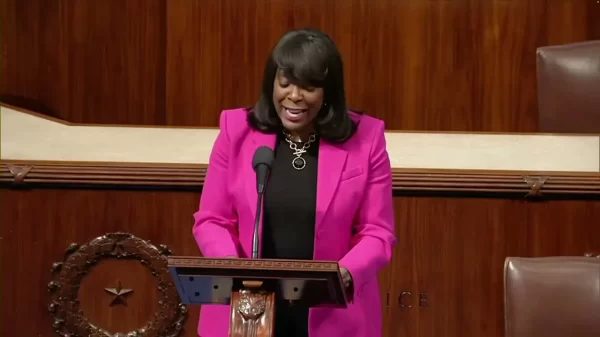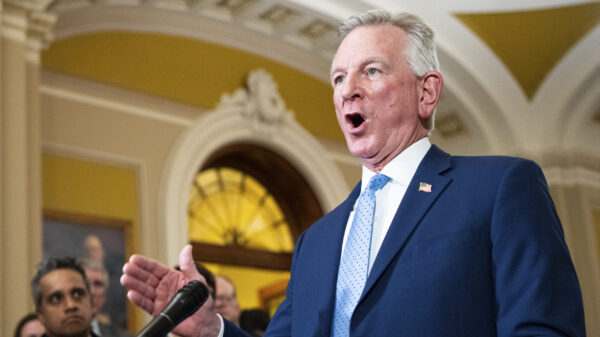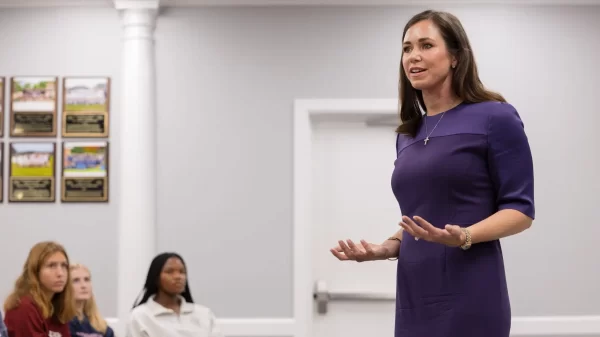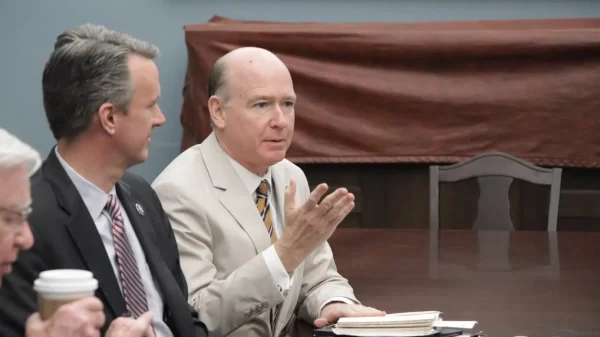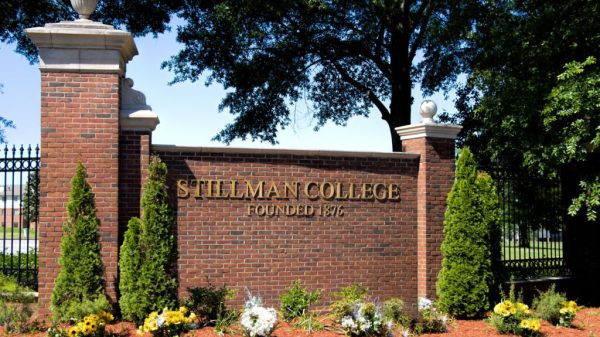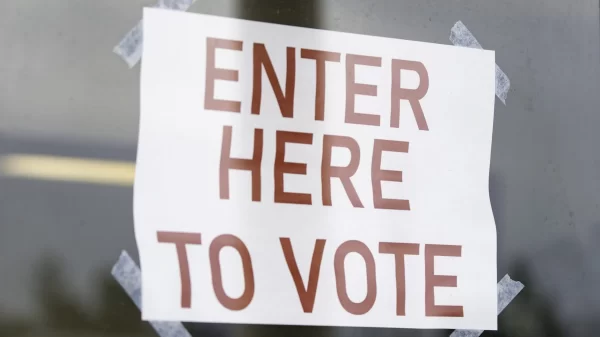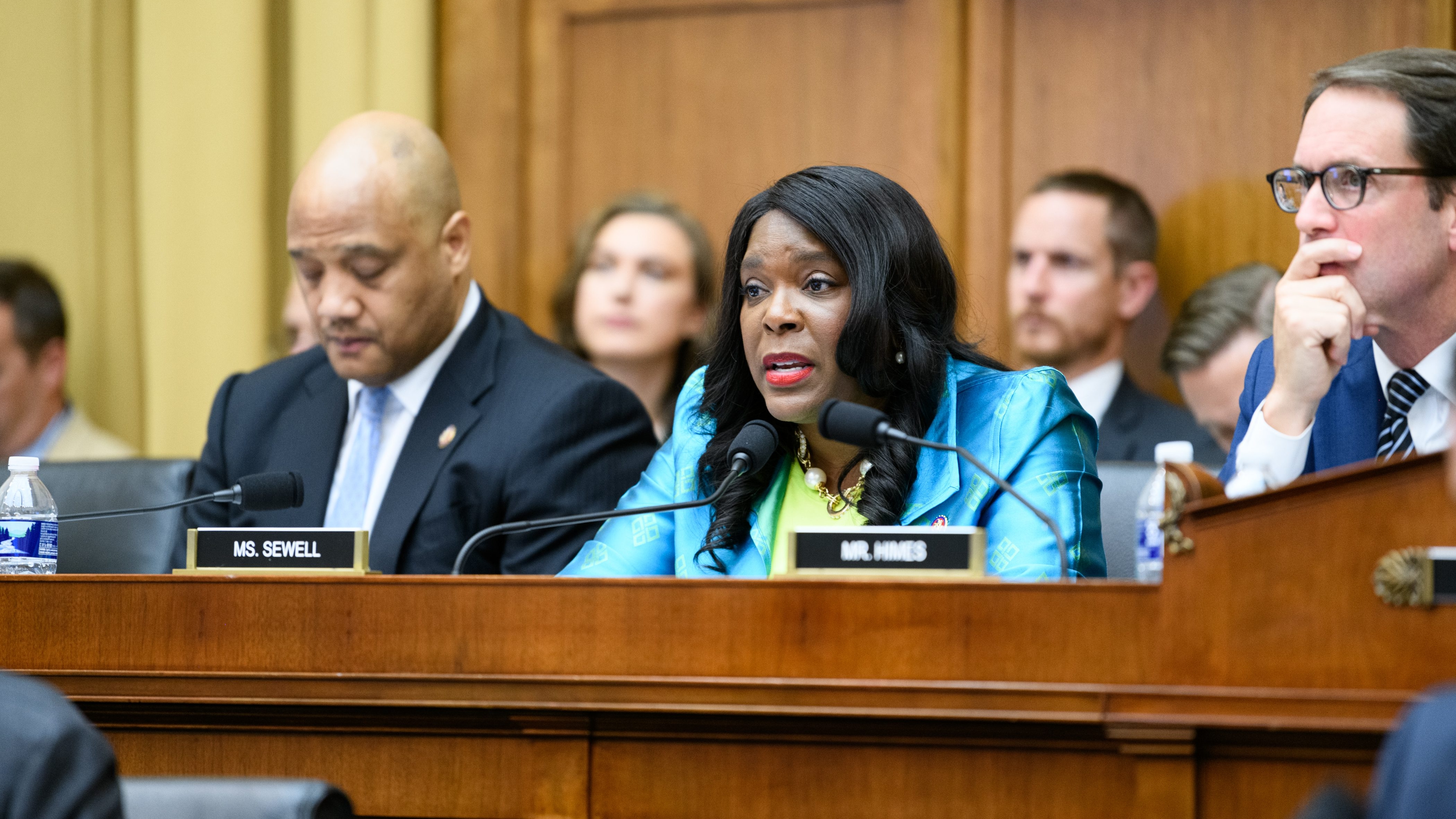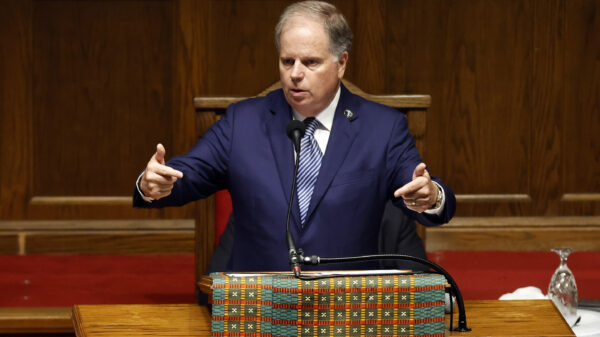U.S. Rep. Terri Sewell, D-Selma, announced Wednesday the Delta Regional Authority has awarded $127,877 to Opportunity Alabama in support of rural revitalization and development in opportunity zones across the Black Belt.
Alabama’s Black Belt is the only region in the state with five consecutive opportunity zones, areas where investors receive tax incentives to invest in low-income and undercapitalized communities.
“There is nothing more important to me than increasing opportunity across Alabama’s 7th District,” Sewell said. “That is why I have fought so hard to make the Opportunity Zone program work for areas like the Black Belt, where communities will most benefit from increased economic opportunity. I am thrilled that Opportunity Alabama has been granted the funding necessary to support investment where it is needed most and ensure that investors are able to take full advantage of these opportunity zones.”
According to the press release, Opportunity Alabama will use this funding to host regional strategy development events, create eligible project pipelines, design community fact sheets and develop four regional investment prospectuses to promote opportunity zones within the Black Belt.
“Thanks to this SEDAP grant from the Delta Regional Authority, Opportunity Alabama will be able to extend the Opportunity Zones ecosystem we are building to some of the most distressed parts of our state,” said Alex Flachsbart, Founder and CEO of Opportunity Alabama. “We see tremendous potential across the Black Belt, and we are thrilled that – thanks to Congresswoman Sewell’s support – we will have the resources necessary to bring more projects to market.”
Opportunity Alabama, a non-profit that supports investing in opportunity zones.
Opportunity zones were created by Congress in the Tax Cuts and Jobs Act of 2017.
According to the IRS, an “Opportunity Zone is an economically-distressed community where new investments, under certain conditions, may be eligible for preferential tax treatment. Localities qualify as Opportunity Zones if they have been nominated for that designation by the state and that nomination has been certified by the Secretary of the U.S. Treasury via his delegation of authority to the Internal Revenue Service.”
The IRS explains that: “Opportunity Zones are designed to spur economic development by providing tax benefits to investors. First, investors can defer tax on any prior gains invested in a Qualified Opportunity Fund (QOF) until the earlier of the date on which the investment in a QOF is sold or exchanged, or December 31, 2026. If the QOF investment is held for longer than 5 years, there is a 10% exclusion of the deferred gain. If held for more than 7 years, the 10% becomes 15%. Second, if the investor holds the investment in the Opportunity Fund for at least ten years, the investor is eligible for an increase in basis of the QOF investment equal to its fair market value on the date that the QOF investment is sold or exchanged.”
Investment firms have created opportunity funds to take advantage of these tax savings.
According to their website, with the Fundrise Opportunity Zones fund it could be possible to pay as little as $0 in capital gains taxes on your next decade of investment returns.
Using the calculator on the website, if you had $250,000 in capital gains to invest today and expected 8 percent annual returns after five years that money would have grown to $285,856 after taxes versus just $258,628 if the money were invested in a conventional stock portfolio that produced the same annual return of 8 percent. If the money was held for seven years the after-tax value of the Opportunity fund would climb to $335,408 versus just $294,119 in a conventional stock portfolio, IF both were producing 8 percent annual returns. If you hold the money in the fund for ten years that jumps to $489,156 versus only $358,730 for a traditional stock portfolio. If the returns are the same, the tax advantages of the Opportunity Zone fund means that that investor has $130,426 more net worth at the end of ten years from the same investment.
The calculator allows you to input any amount and select from a menu of interest rate options. For a more aggressive investor who is expecting 12 percent annual returns the advantage for investing in the Opportunity Funds swells to $229,700 over the decade.
The tax code changes in 2017 are what makes this work.
An investor who has triggered a capital gain by selling an asset like stocks or real estate receives special tax benefits if they roll that gain into an Opportunity Fund within 180 days. There are three primary advantages to rolling over a capital gain into an Opportunity fund. First, that investor is able to defer the payment of their capital gains taxes until Dec 31, 2026. Second, by investing in an Opportunity Zone fund the IRS reduces the tax you owe by up to 15 percent after 7 years. Third, the investor pays zero tax on gains earned from the Opportunity Fund itself.
This allows investors to avoid paying high taxes, while they are helping to improve the lives of people in economically distressed communities like rural Black Belt Counties.
The Alabama State Legislature has further sweetened the pot by targeting state economic incentives to the Opportunity Zones.
Sewell is in her fifth term representing Alabama’s 7th Congressional District.









